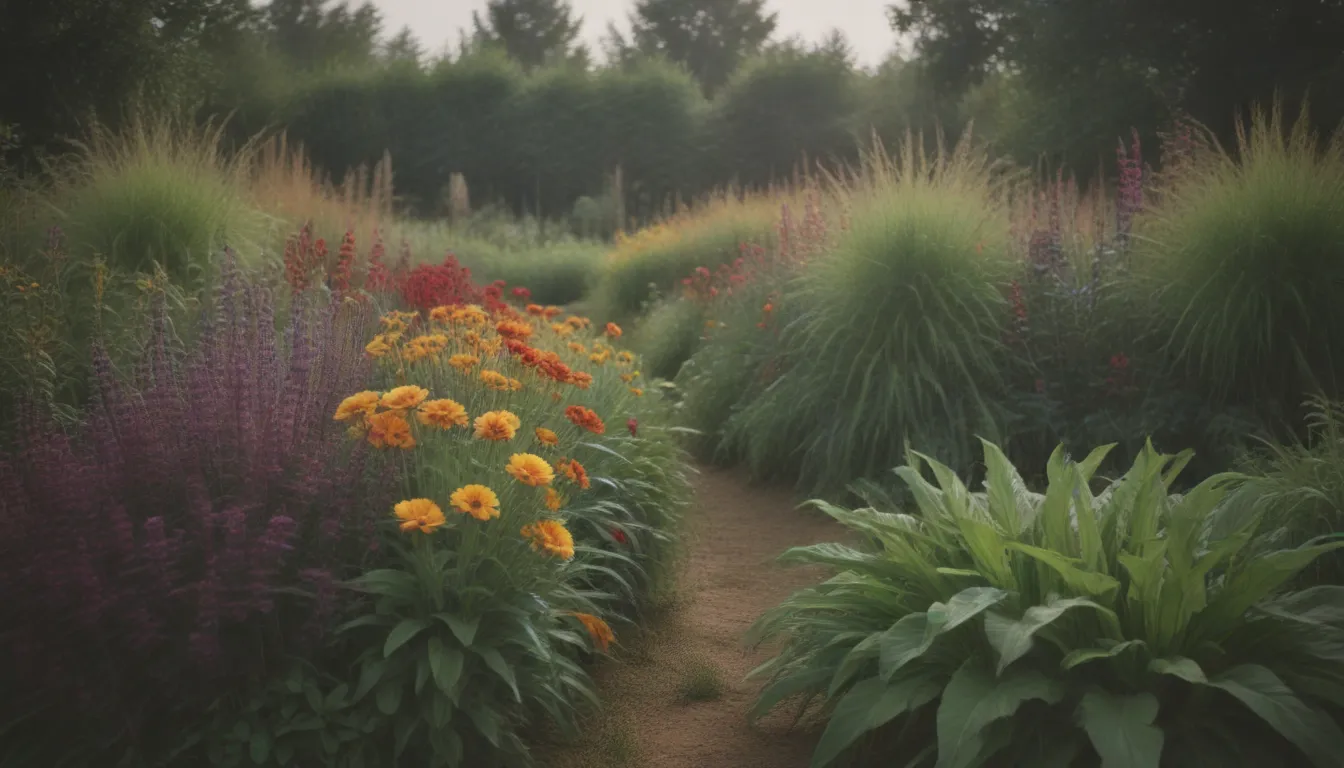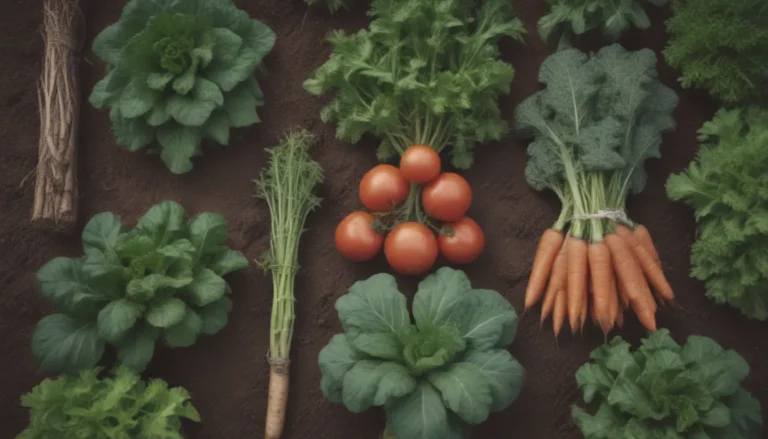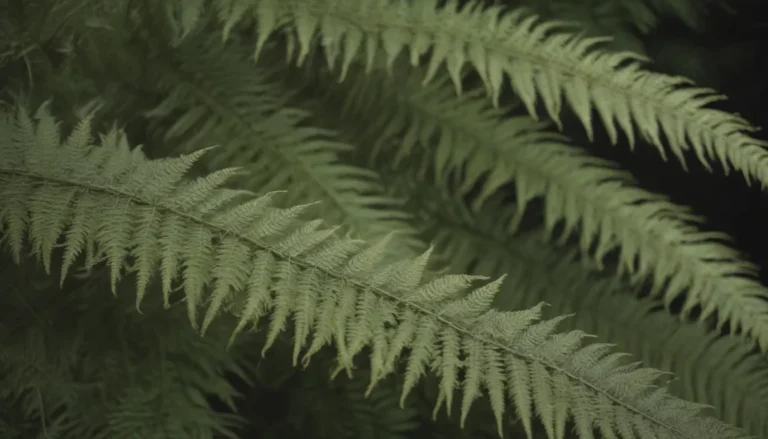Maximizing Your July Planting for a Bountiful Harvest

So you’ve decided to embark on a midsummer gardening adventure and plant some vegetables and herbs in July. Bravo! Contrary to popular belief, July is not too late to start growing new seeds or young transplants. With the right choice of plants that can reach maturity before the first frost date in your region, you can extend your harvest season well into fall. But where do you even begin? Let’s dive into some valuable information to help you make the most of your July planting endeavors.
Understanding Your Local Climate
Before you start digging in the dirt, it’s crucial to familiarize yourself with your USDA Plant Hardiness Zone and determine your local frost date. Knowing when the first frost is expected in your area is key to planning your fall harvest. Different plants require varying amounts of time to reach maturity, so calculating how many weeks you have left to grow your plants to full harvest is essential.
In colder regions, consider starting with young transplants rather than seeds to give yourself a head start. Your local university extension service can provide you with information on your specific frost date, as well as valuable tips for gardening in your area. Keep in mind that frost dates are estimates, so it’s always best to plant as early as possible to avoid any unexpected early frosts.
Planting Tips for Different Hardiness Zones
Let’s break down some planting suggestions for different USDA Plant Hardiness Zones to help you make the most of your July gardening efforts:
Zones 2 and 3:
- In colder regions like Alaska and northern New England, consider planting greens like arugula, spinach, parsley, and cilantro from seeds midsummer for a harvest well into fall.
- Root vegetables like beets and carrots can withstand a little frost, making them excellent choices for midsummer planting.
- Broccoli and cabbage transplants can also thrive in warm conditions if properly irrigated.
Zones 4 and 5:
- Radishes, turnips, beets, and carrots can benefit from a second planting in these regions where warm fall weather is common.
- Basil, Brussels sprouts, and leeks planted from seeds can add variety to your late summer soups.
- Winter squash planted in July can be harvested well into fall with the help of row covers.
Zones 6 and 7:
- Mild temperatures in these zones allow for a second planting of arugula, kale, and lettuces for late-summer salads.
- Peas and radishes can also be given another go in July, along with herbs like parsley, dill, and cilantro.
- Take advantage of the easing heat of summer to grow herbs for dried spices all winter long.
Zones 8 to 10:
- In the southern United States and California, late-maturing vegetables like nightshades (peppers, tomatoes, eggplant) can be planted in July and harvested into early winter.
- Plant melons for a tasty treat in just 80-100 days, thriving specifically in Zones 8-10.
- Herbs like dill and cilantro may fare well in the hot summer climate, depending on the weather pattern.
Zones 11 to 13:
- Residents of Hawaii enjoy year-round growing conditions, with melons, sweet potatoes, and even garlic thriving when planted in July.
- Nightshades and perennial herbs can also be planted at any point in the year in this tropical climate.
Tips for Successful July Planting
Here are some additional tips to help you make the most of your midsummer planting:
- Consider purchasing young transplants from a nursery for a head start on your July garden.
- Melons are a great option for fruit planting in July, as they mature in just 80-100 days.
- Tomatoes (Zones 2-3) and zucchini (Zones 8-10) are also suitable fruit options for July planting.
- Start your garden quickly in July to give your plants ample time to reach maturity before the first fall frost.
When it comes to planting in July, remember that with a little planning and the right selection of plants for your region, you can still enjoy a bountiful harvest well into fall. Your midsummer garden has the potential to yield a wide variety of vegetables and herbs, providing you with fresh, homegrown produce to enjoy. So roll up your sleeves, grab your gardening tools, and get ready to cultivate a thriving garden this July.
For more information on USDA Plant Hardiness Zones and gardening tips, visit the USDA website.





